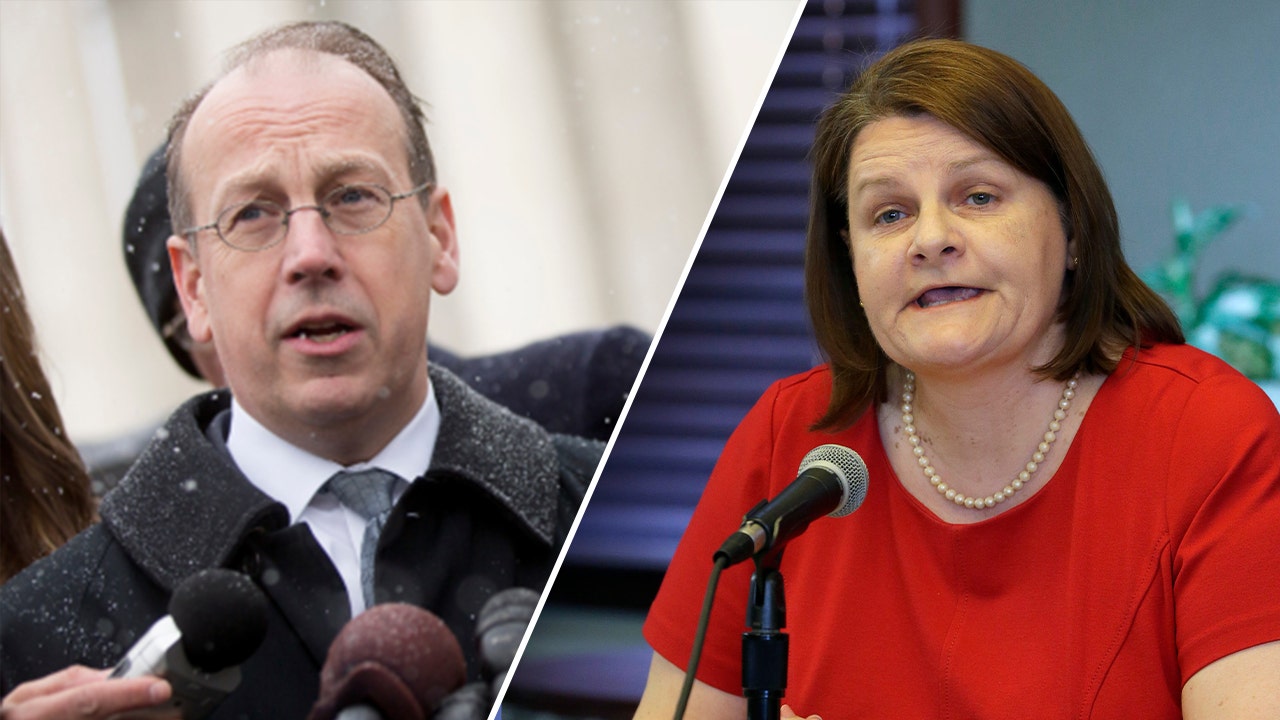Emma Caplan-Fisher
Thu, May 8, 2025, 5:04 AM 4 min read
When most people are in their 30s, there's a lot of pressure to be in good financial standing. But what if you’re $25,000 in debt from a mix of student loans and credit card balances, and you only make $4,000 a month?
If those monthly payments are stretching you thin, that likely means you haven’t even started saving for retirement. Although it’s a fairly common situation, and can feel overwhelming, there are ways to turn things around.
-
Thanks to Jeff Bezos, you can now become a landlord for as little as $100 — and no, you don't have to deal with tenants or fix freezers. Here's how
-
I'm 49 years old and have nothing saved for retirement — what should I do? Don't panic. Here are 5 of the easiest ways you can catch up (and fast)
-
Nervous about the stock market in 2025? Find out how you can access this $1B private real estate fund (with as little as $10)
According to Experian’s 2024 Consumer Credit Review, the average American carries $105,056 in total debt from things like credit card balances, mortgages and student loans.
So no, you’re not alone — but it’s time to make a plan. Here are three strategic options to help dig yourself out of debt and start building a better future.
When you're juggling multiple debts, the first step is to organize and prioritize.
Start by separating your high-interest debt — typically your credit cards — from your lower-interest student loans. You may want to explore the following options:
-
Use the avalanche method. Focus on paying off the debt with the highest interest rate first (usually credit cards), while making minimum payments on the rest. This reduces the total amount you’ll pay over time. As one balance is paid off, redirect those payments to the next highest-interest debt.
-
Consider a debt consolidation loan. Even if your credit score isn’t very good (that is, below 670, according to Experian), you may still qualify for a personal loan with a lower interest rate. You can use it to consolidate your credit card balances into one monthly payment, ideally at a fixed rate. Just be sure to avoid adding new credit card debt during the payoff process.
-
For student loans, look into federal repayment programs. If your federal student loans are unmanageable, explore income-driven repayment (IDR) options — which cap payments based on your income and family size. For some, monthly payments can drop significantly or even hit $0.
Read more: BlackRock CEO Larry Fink has an important message for the next wave of American retirees — here's how he says you can best weather the US retirement crisis
.png)
 German (DE)
German (DE)  English (US)
English (US)  Spanish (ES)
Spanish (ES)  French (FR)
French (FR)  Hindi (IN)
Hindi (IN)  Italian (IT)
Italian (IT)  Russian (RU)
Russian (RU) 








Comments